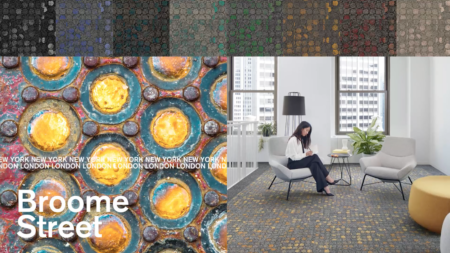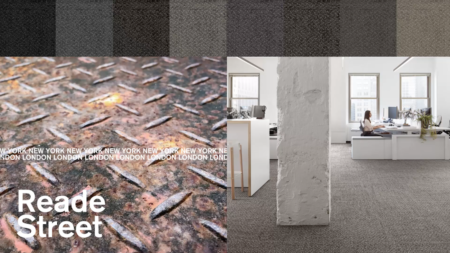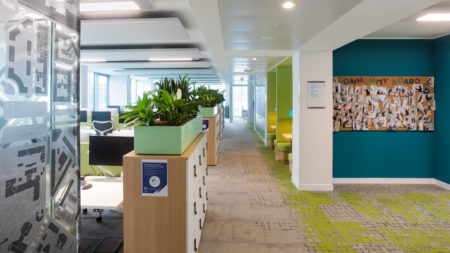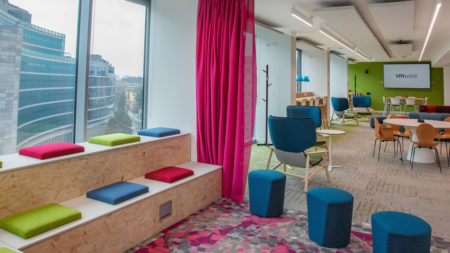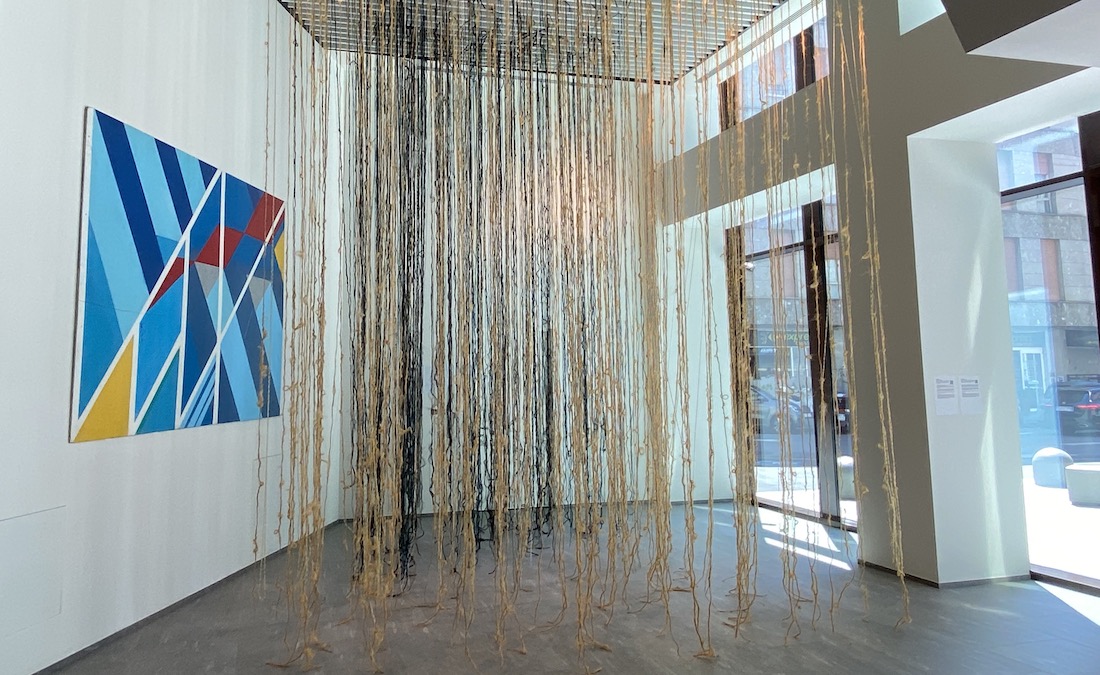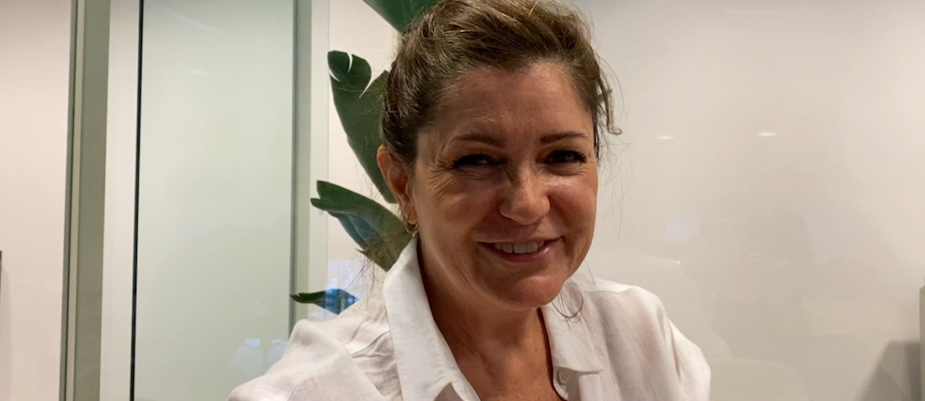
The interview with Kari Pei, VP Global Product Design Interface, not only offers original points of view and design concepts, but also expresses in detail the coherent philosophy that underlies the creation of the Interface products.
She begins by illustrating the sources of inspiration for creating new flooring collections, but the conversation expands and touches deeper themes: the meaning and role of flooring in interior design, the value of biophilic design and the absolute value of sustainability. the relationship between art and design and the new frontiers of bioplastics and biomaterials that technologies make possible.
Interface’s solid and coherent cultural and productive approach is well known, it is enough to mention the recent important milestones that this multinational company, leading in the production of modular flooring, has been able to achieve with Mission Zero and Climate Take Back: after respecting the ‘commitment to bring zero impact products to the market by 2020, the next step was the launch of the first Carbon Negative flooring collections.
Each collection is the result of research and commitment both in terms of eco-sustainability and innovation in design.
And this is the theme we address in the interview with Kari Pei VP Global Product Design Interface, who has the task of creating new flooring collections.
She surprises us by explaining how an artifact can be transformed into an element that connects to people, relationships and to the environment.
Kari Pei tells how the main sources of inspiration for the creation of new flooring collections arise from his frequent travels and from his ability to grasp lights, shadows, specific textures in the most diverse countries and above all to capture the essence of places, what the Latins defined. Genius Loci.
These elements must be reworked with the aim of contributing so that people can feel good in the different environments where they live, work or relax.
Nine years ago Interface played a pioneering role by applying the concept of biophilic design to its products, an approach that cannot be defined simply as a “trend”, but a real form of mind, its value is associated with scientific evidence and it will not stop influencing design.
The new trends arise from the analysis of the meaning of flooring as an expression and language of a space within which it interacts with people and objects. The floor can join or separate, it can help us navigate the space, it can create a stage for the furnishings, and thanks to the flexibility of modular flooring these stages can be very dynamic.
The starting point for a reflection on the connection between art and design is offered by the site specific installation by the artist Patrizia Polese created in collaboration with Interface on the occasion of the Milan Design Week, a work of art conceived as a transition and capable of offering a multisensory experience.
The conversation then moves on to the moment of design renaissance taking shape thanks to research on bioplastics and biomaterials, which already indicate the future of design.

